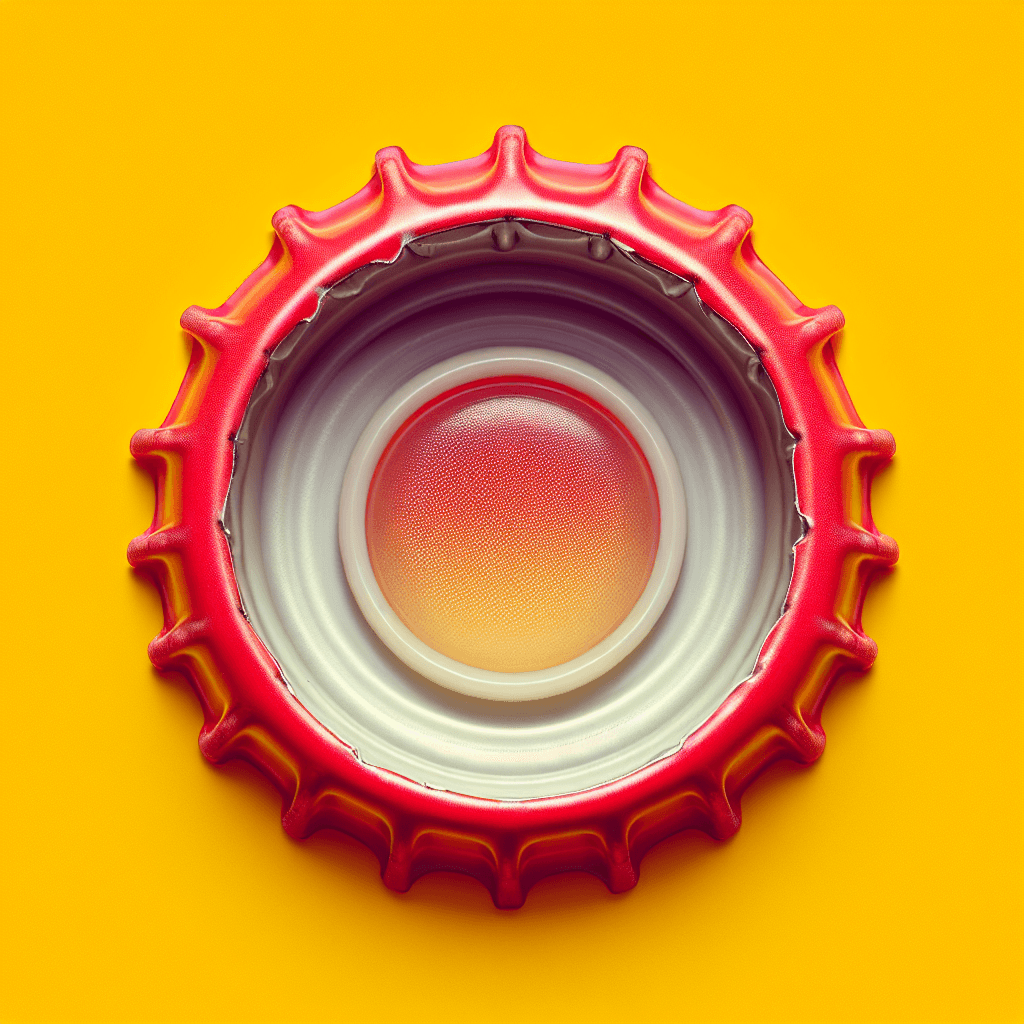Why can a flame cast a shadow if it produces light
It seems to defy logic, but a bright flame can cast a dark shadow. Discover the counterintuitive physics that explains how a source of light can simultaneously block it.


Too Long; Didn't Read
A flame casts a shadow because it's not just light; it's a physical mass of hot gas and soot particles. When an external light source is brighter than the flame itself, these particles block the stronger light, creating a shadow.
The Fiery Paradox: Why Can a Flame Cast a Shadow If It Produces Light?
Imagine gathering around a campfire on a clear night, watching the flames dance. Now, picture someone shining a powerful flashlight at the fire. On the ground behind it, you see a faint, flickering silhouette—the fire’s shadow. But how is this possible? How can something that is itself a source of brilliant light also block it and cast a shadow? This seeming contradiction isn't a magic trick; it's a fascinating display of physics that challenges our basic assumptions about light and matter.
This blog post will unravel this scientific paradox. We will explore the fundamental nature of both shadows and flames to understand how a beacon of light can, under the right circumstances, create a patch of darkness.
Deconstructing the Shadow: More Than Just Darkness
Before we can understand a flame's shadow, we must first clarify what a shadow truly is. A shadow is not a physical thing; it is the absence of light. For a shadow to form, three components are necessary:
- A Light Source: This provides the illumination (e.g., the sun, a lamp, a flashlight).
- An Obstacle: An object that blocks the path of the light.
- A Surface: A screen or background where the absence of light becomes visible.
When an object obstructs the path of light, it creates a region behind it where the light cannot reach. This region of relative darkness is what we perceive as a shadow. The key takeaway is that anything that can block light can cast a shadow.
A Flame is Not Just Light, It's Matter
Herein lies the core of the answer: a flame is not pure energy or disembodied light. A flame is a complex, tangible phenomenon—a column of reacting gases and tiny solid particles. When we look at the bright, yellow-orange part of a candle or campfire flame, we are primarily seeing the glow of incandescent soot.
- Soot Particles: Soot is composed of tiny, unburnt carbon particles. These microscopic solids are heated to such high temperatures (over 1,000°C) that they glow intensely, a process called incandescence. Crucially, these solid particles are opaque. Just like a cloud of dust or smoke, this dense cloud of soot within the flame can block light from passing through it.
- Hot Gases: A flame also consists of hot gases, such as carbon dioxide and water vapor. These gases are much denser than the cooler surrounding air. This difference in density gives the flame a different refractive index, meaning it can bend, or refract, light that passes through it, further distorting the light from an external source.
Think of the flame as a hot, glowing, semi-translucent cloud of smoke. We know smoke can easily cast a shadow, and a flame, being full of similar solid particles, can do the same.
The Shadow-Casting Condition: A Brighter Light Source
So, if a flame is full of light-blocking particles, why don't we see its shadow all the time? The answer lies in the competition between light sources.
A flame will only cast a noticeable shadow if there is another, more intense light source shining on it.
Under normal conditions, the light produced by the flame itself is more than enough to illuminate the area directly behind it. This self-illumination effectively washes out any potential shadow. However, when you introduce a light source that is significantly brighter than the flame—like the sun or a high-powered flashlight—the dynamic changes.
The intense external light shines on the flame, and the dense cloud of soot particles within it blocks a portion of that light. The area behind the flame is now illuminated by the flame's own weaker light, but it is deprived of the much stronger light from the external source. This contrast—the area lit only by the flame versus the surrounding area lit by the powerful external source—is what creates a visible shadow.
Conclusion
The ability of a flame to cast a shadow beautifully illustrates a fundamental scientific truth: our everyday perceptions can sometimes oversimplify complex realities. The fiery paradox is solved when we look beyond the light and see the flame for what it truly is—a tangible column of hot gas and glowing, opaque matter.
A shadow is simply an area deprived of light, and the soot-filled body of a flame is perfectly capable of acting as an obstacle. All it takes is a brighter light to overwhelm the flame's own glow and reveal the dark silhouette it leaves behind. So, the next time you see this curious phenomenon, you'll know you're not just seeing a shadow; you're witnessing the physical substance of fire itself.
More Articles

Why do ships masts sometimes glow with a ghostly blue-green fire during a storm?
It’s a sight that haunted ancient mariners—a ghostly, blue-green fire dancing on the mast during a storm—and the spectacular science behind this eerie glow is even more fascinating than the legend.

Why do soda bottle caps have that soft plastic disc inside?
That soft plastic liner is the unsung hero of carbonation, performing a high-pressure job to ensure your drink never loses its fizz.

Why do some musical notes sound good together while others clash?
It's not just a matter of opinion—the difference between a pleasing harmony and a jarring clash is a secret code written in the simple physics of sound waves.